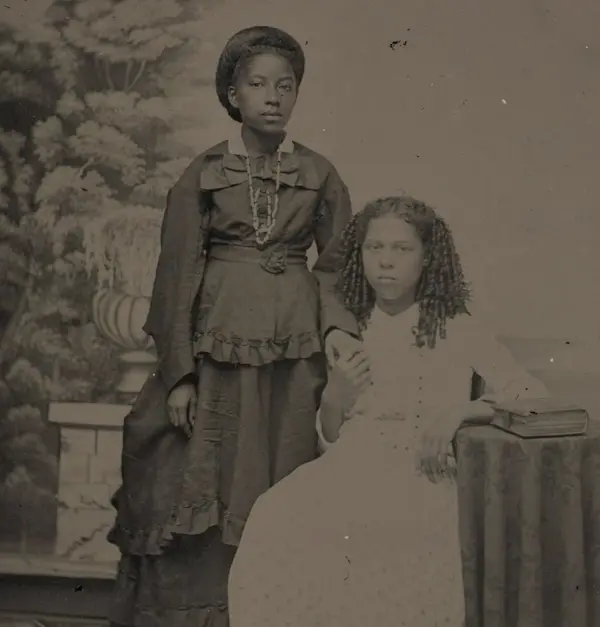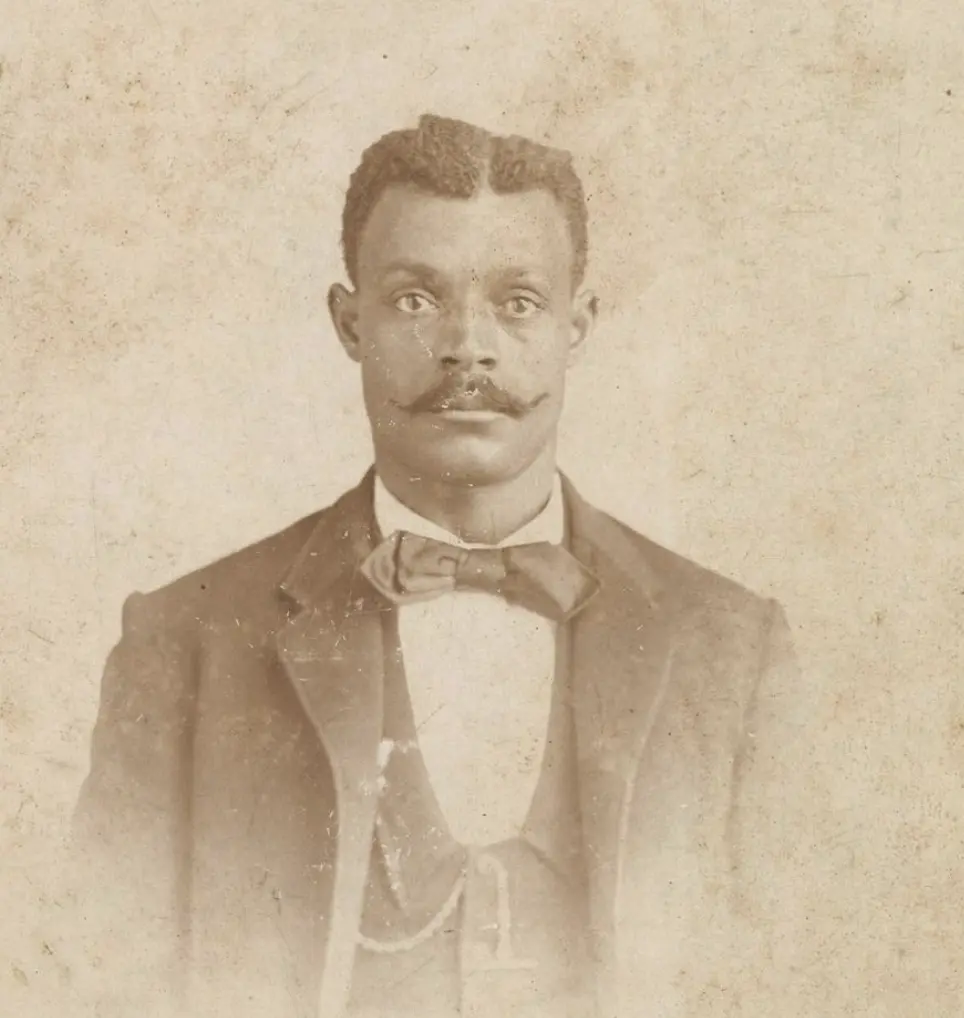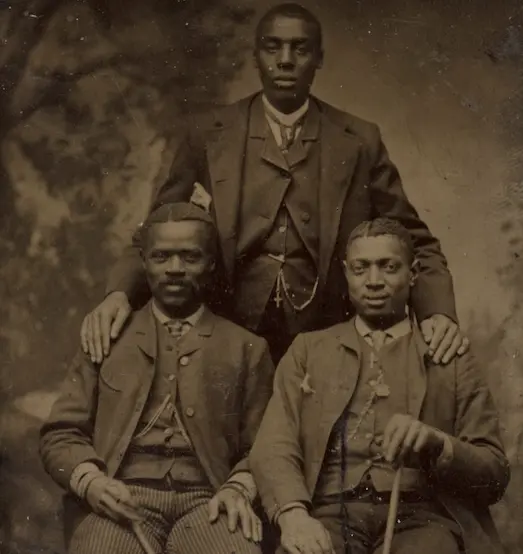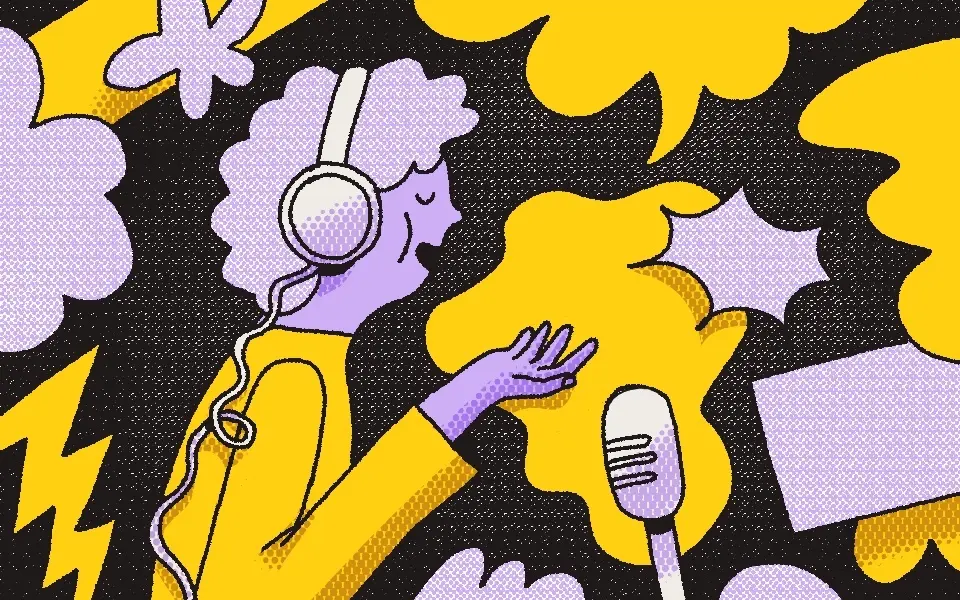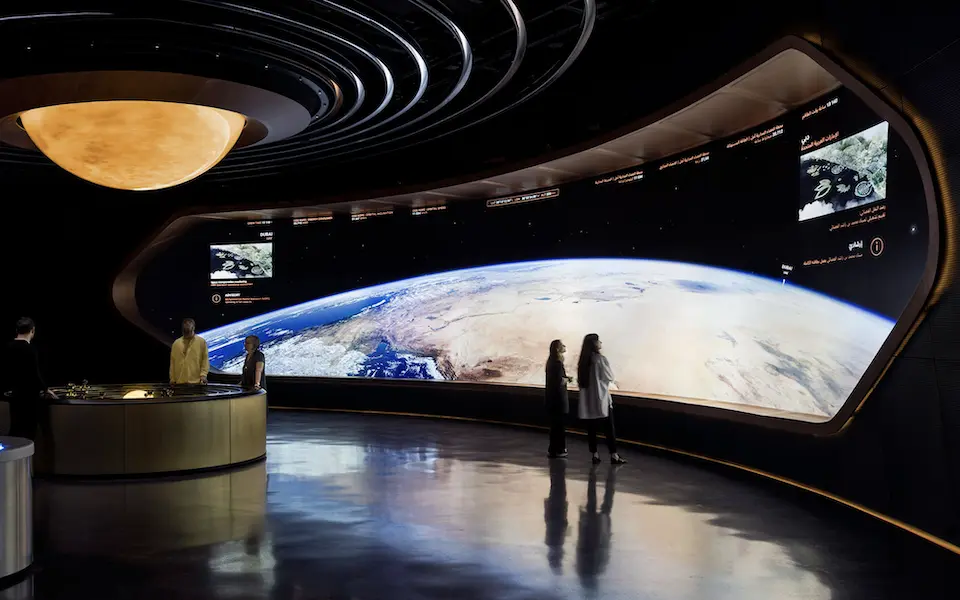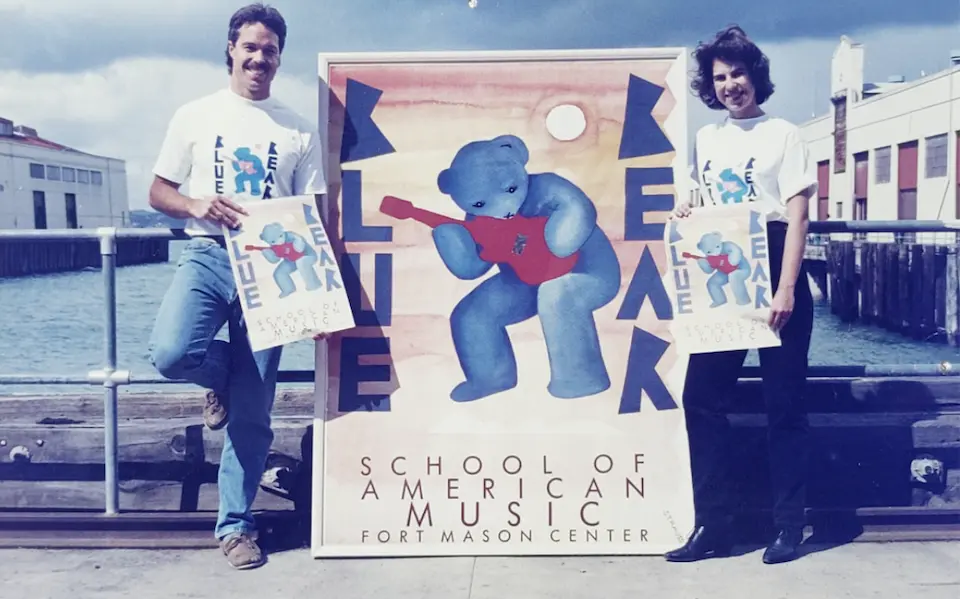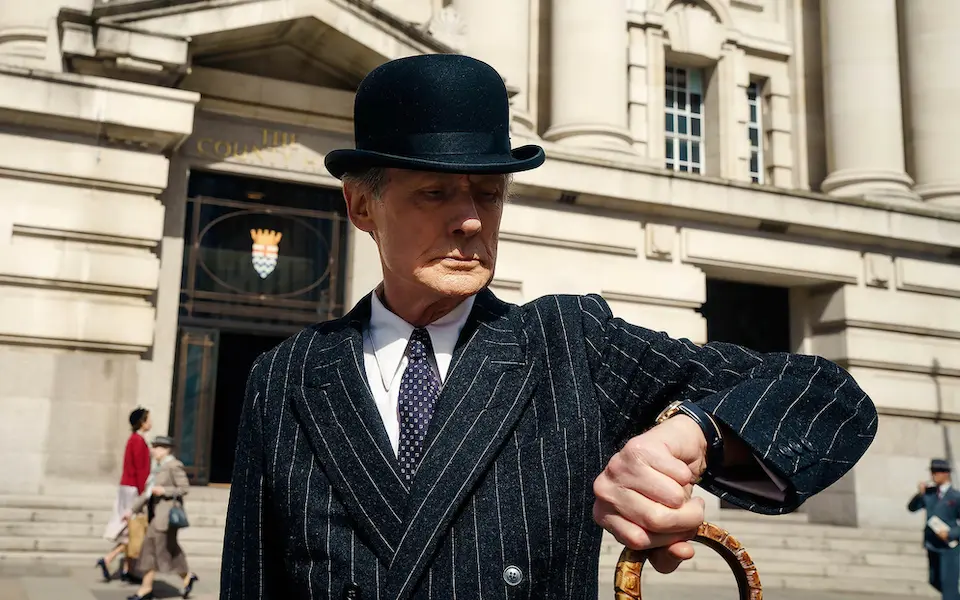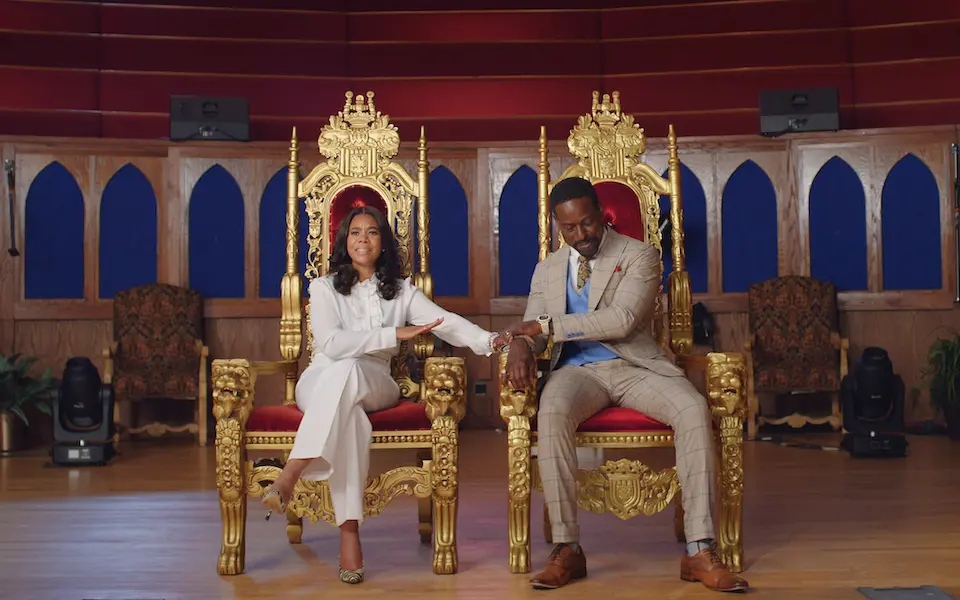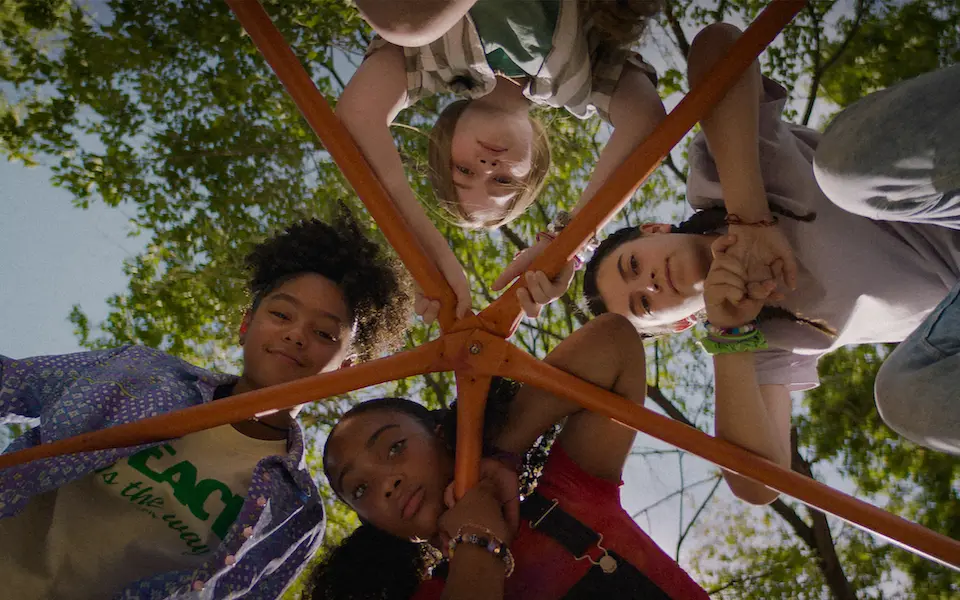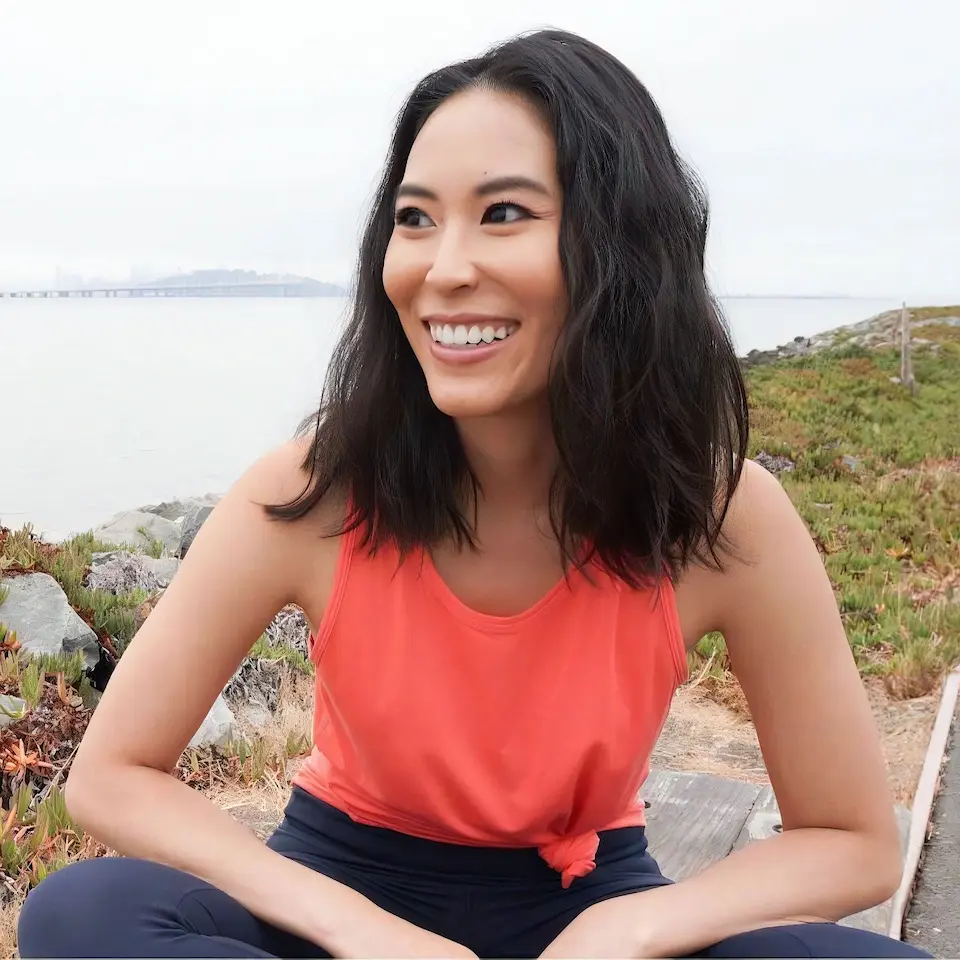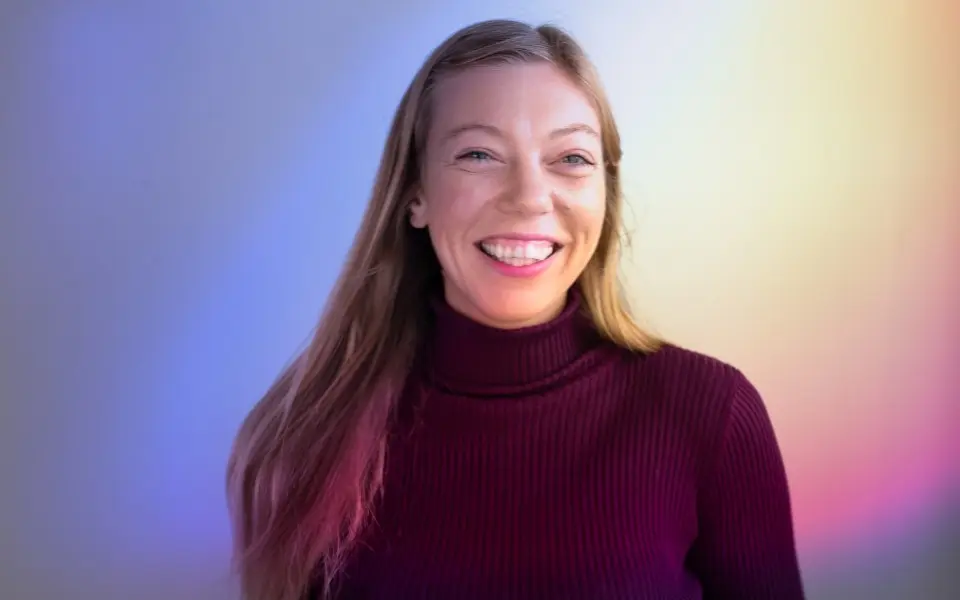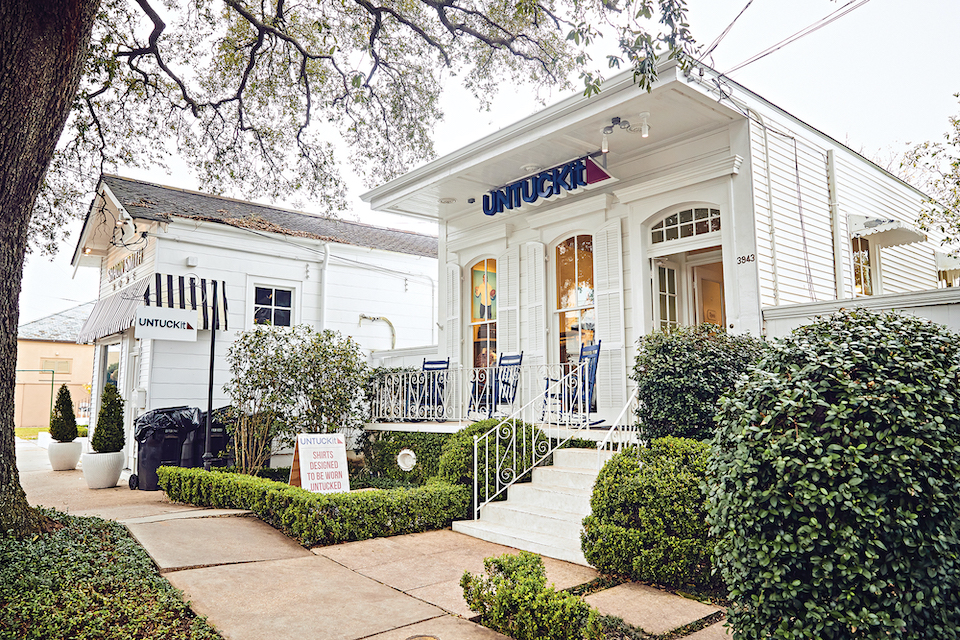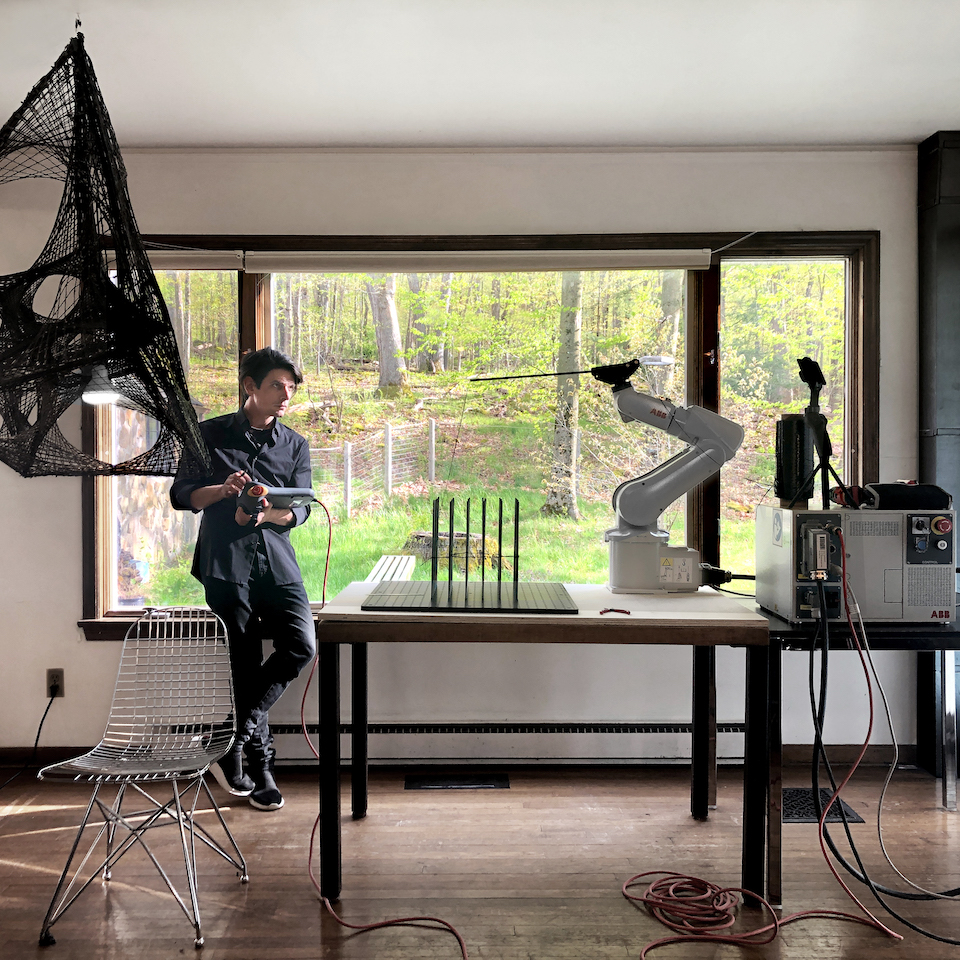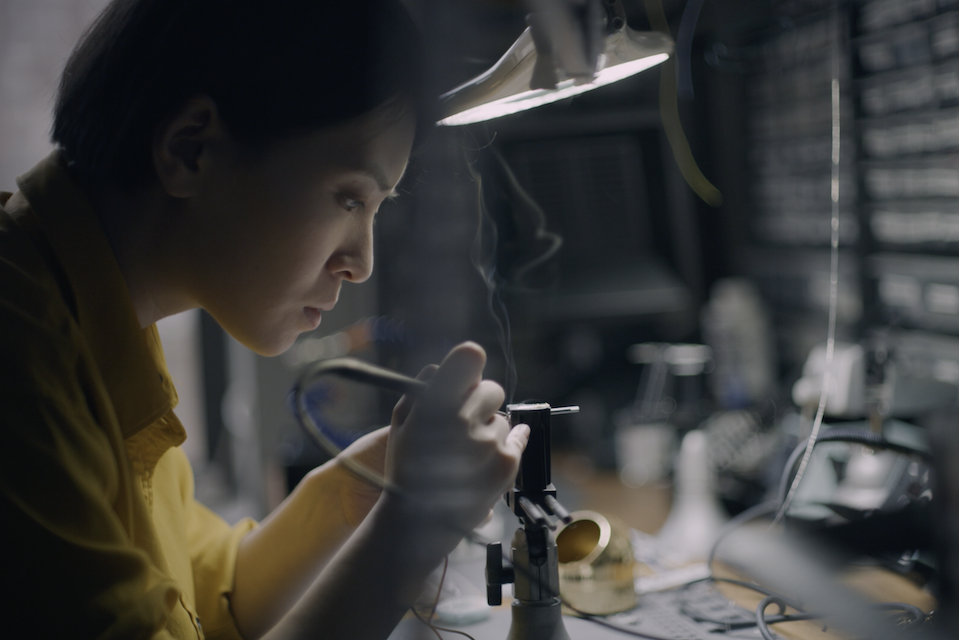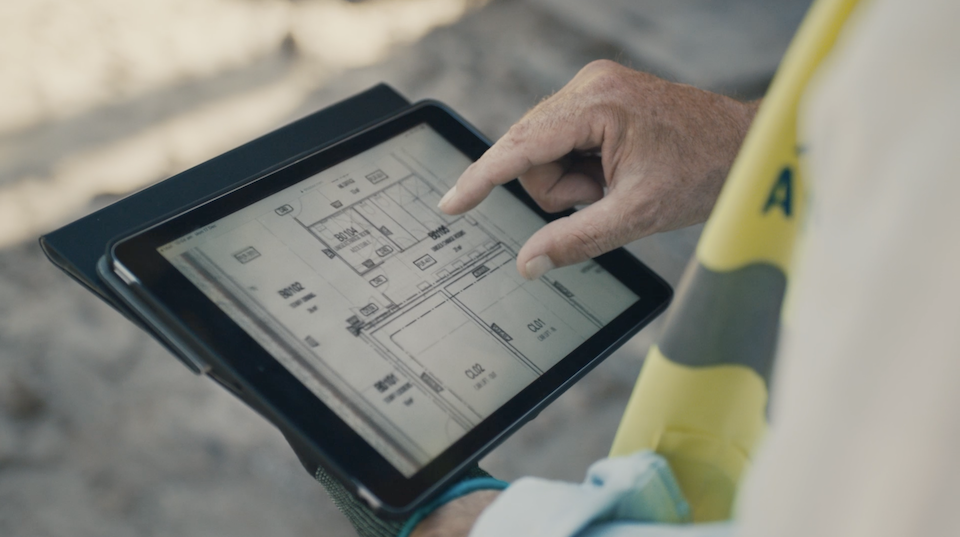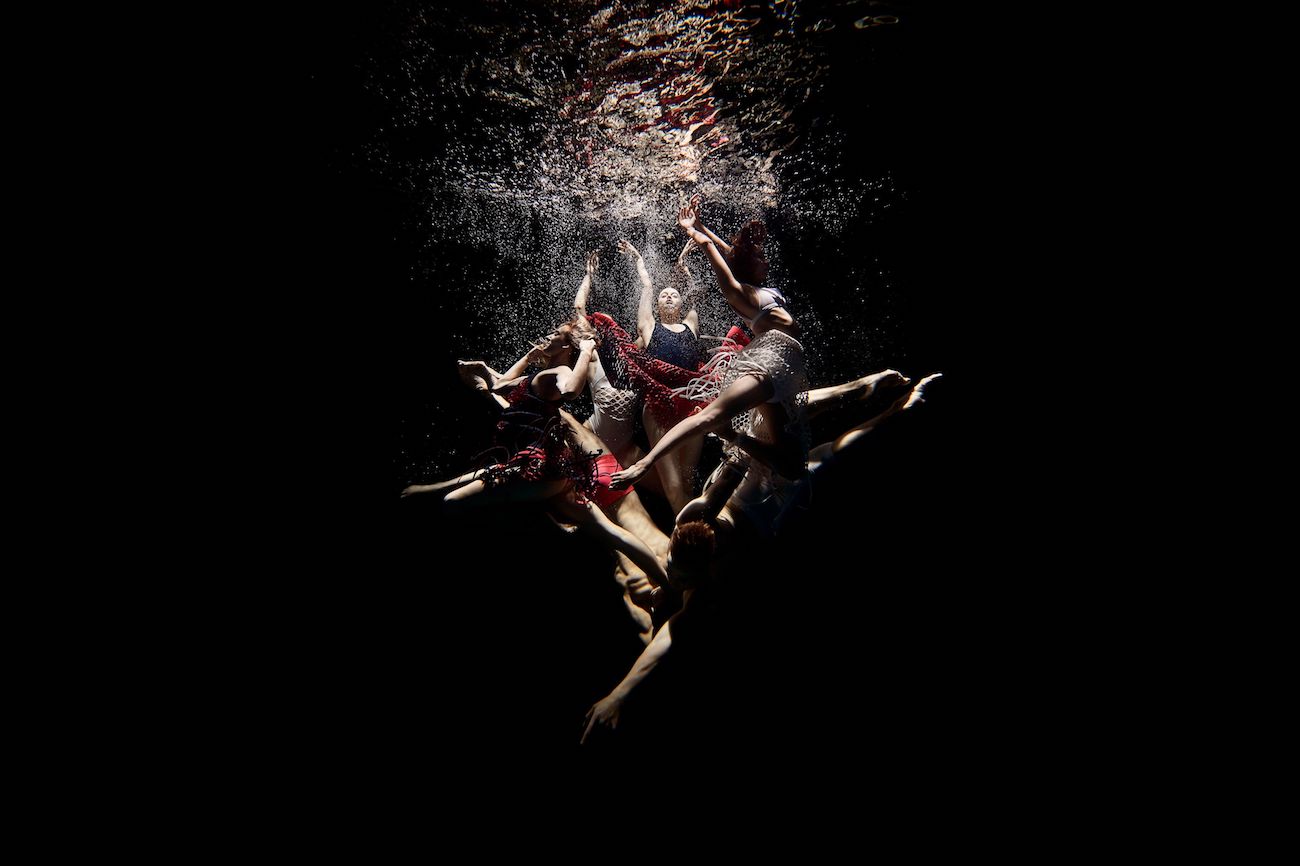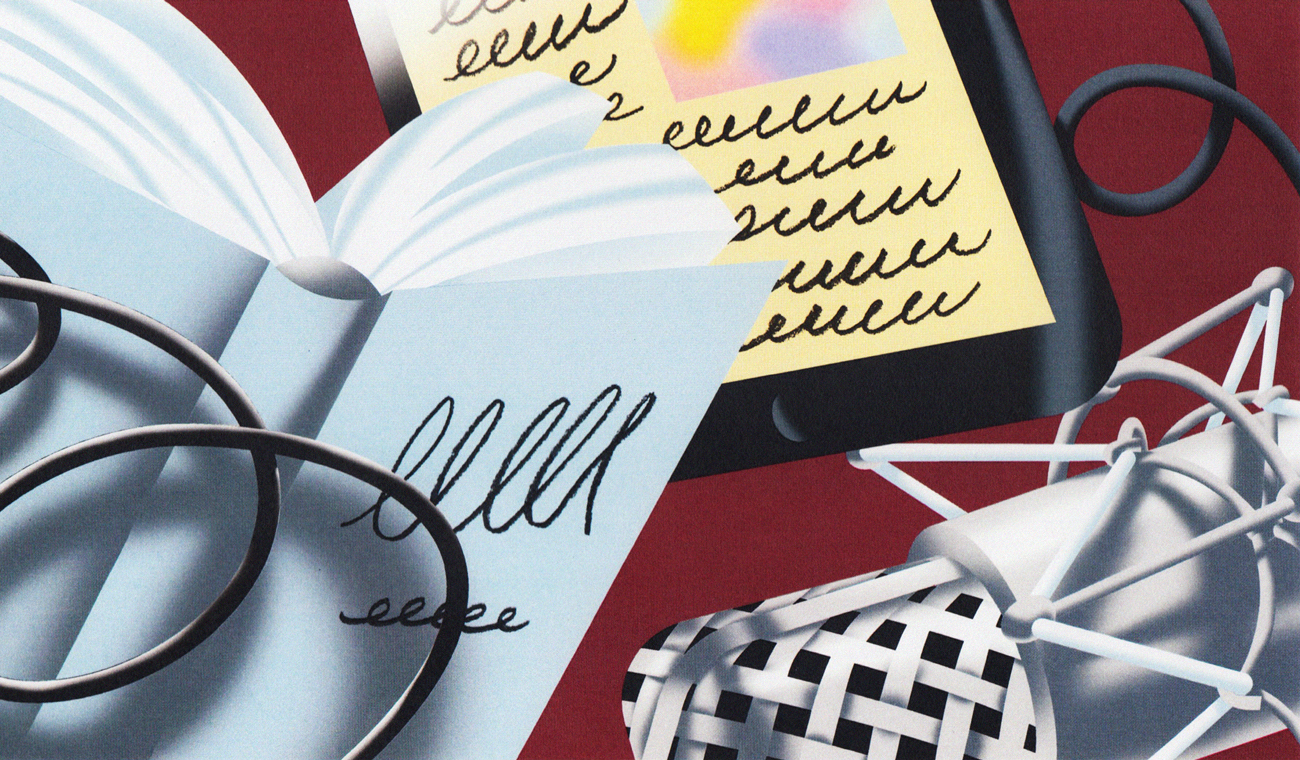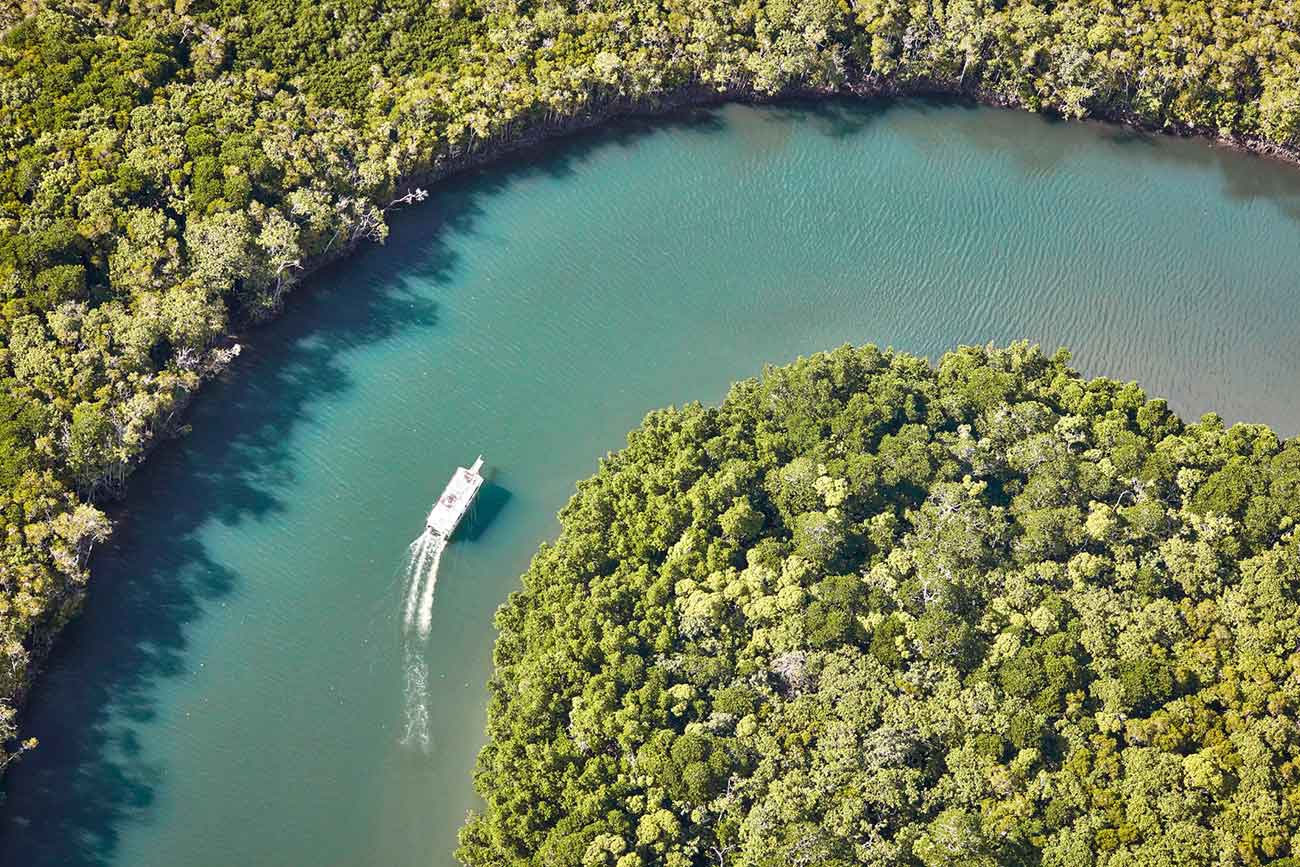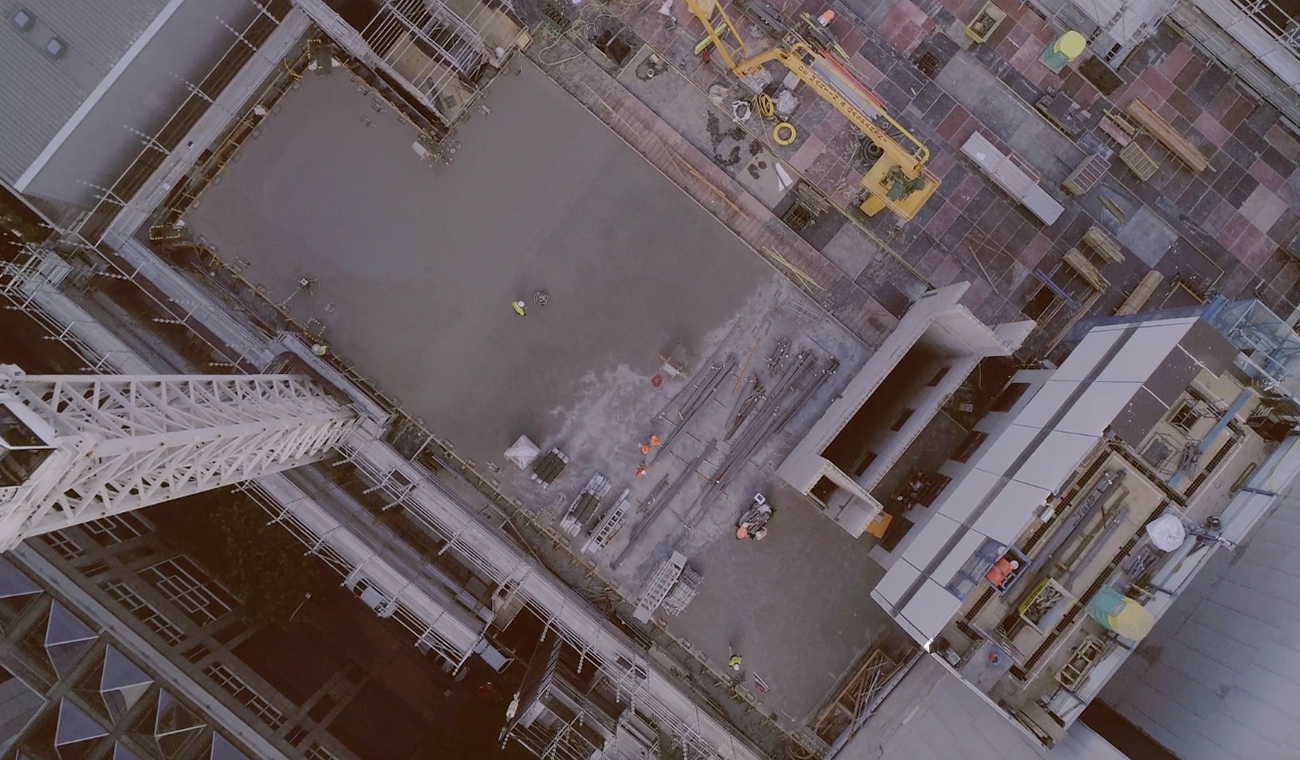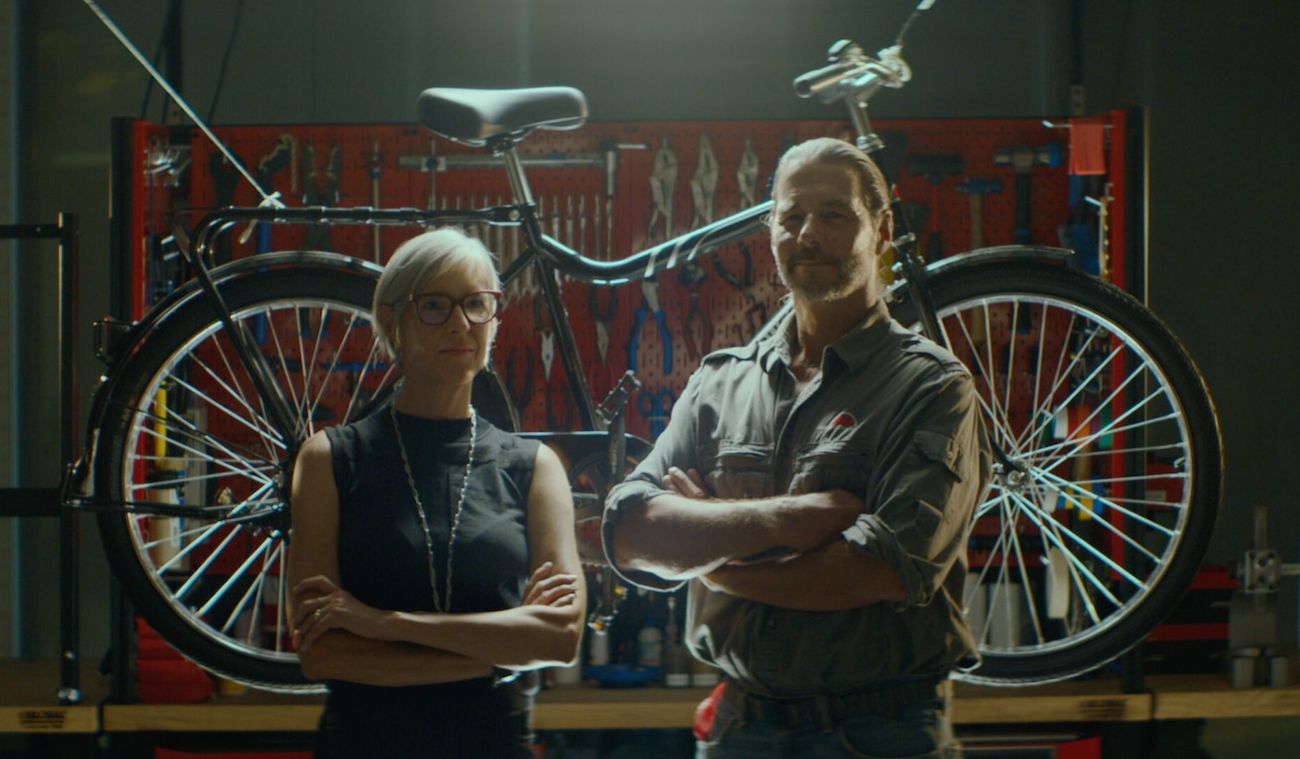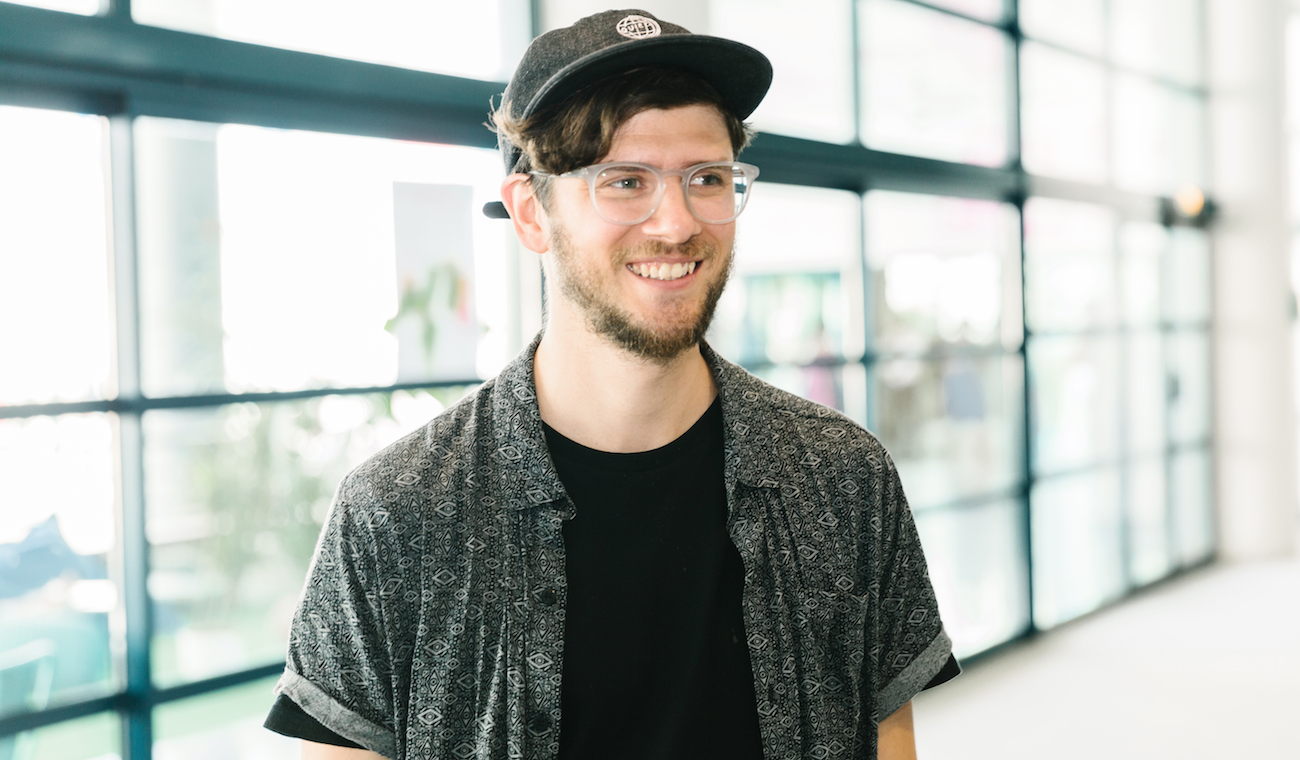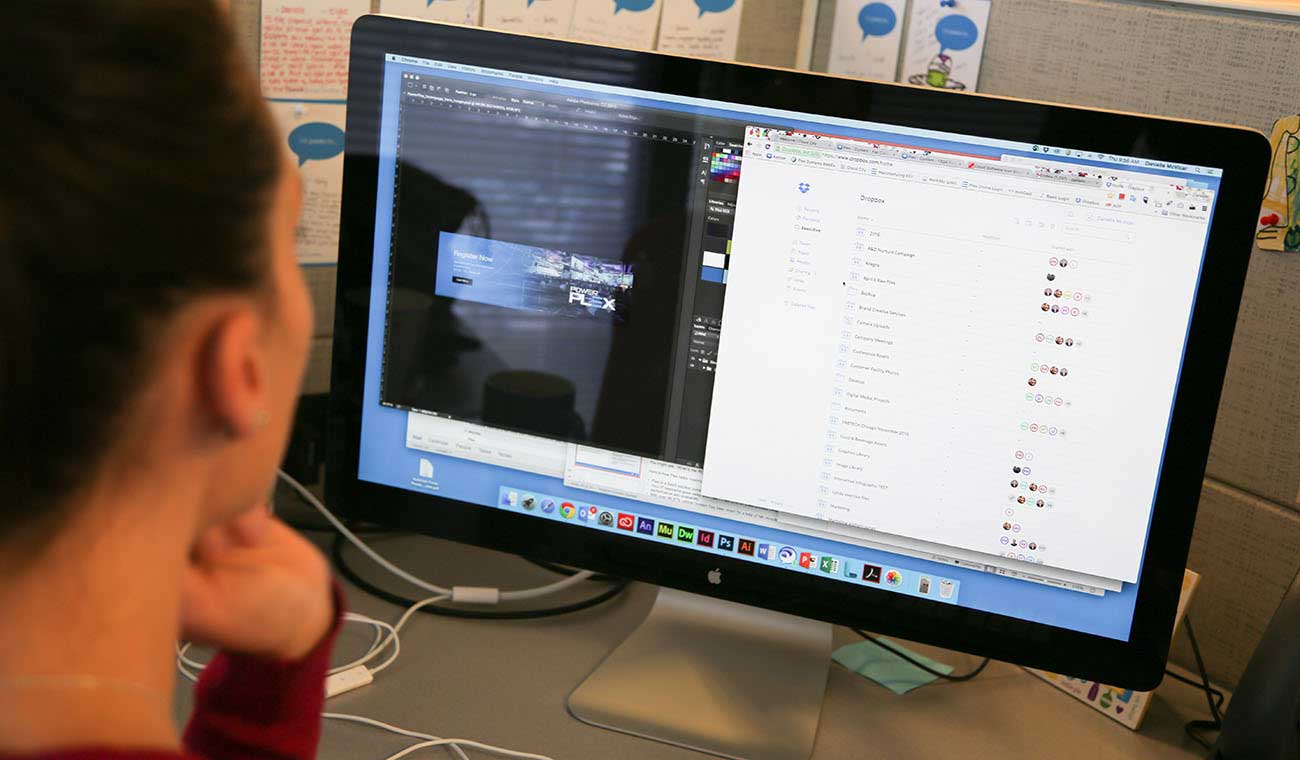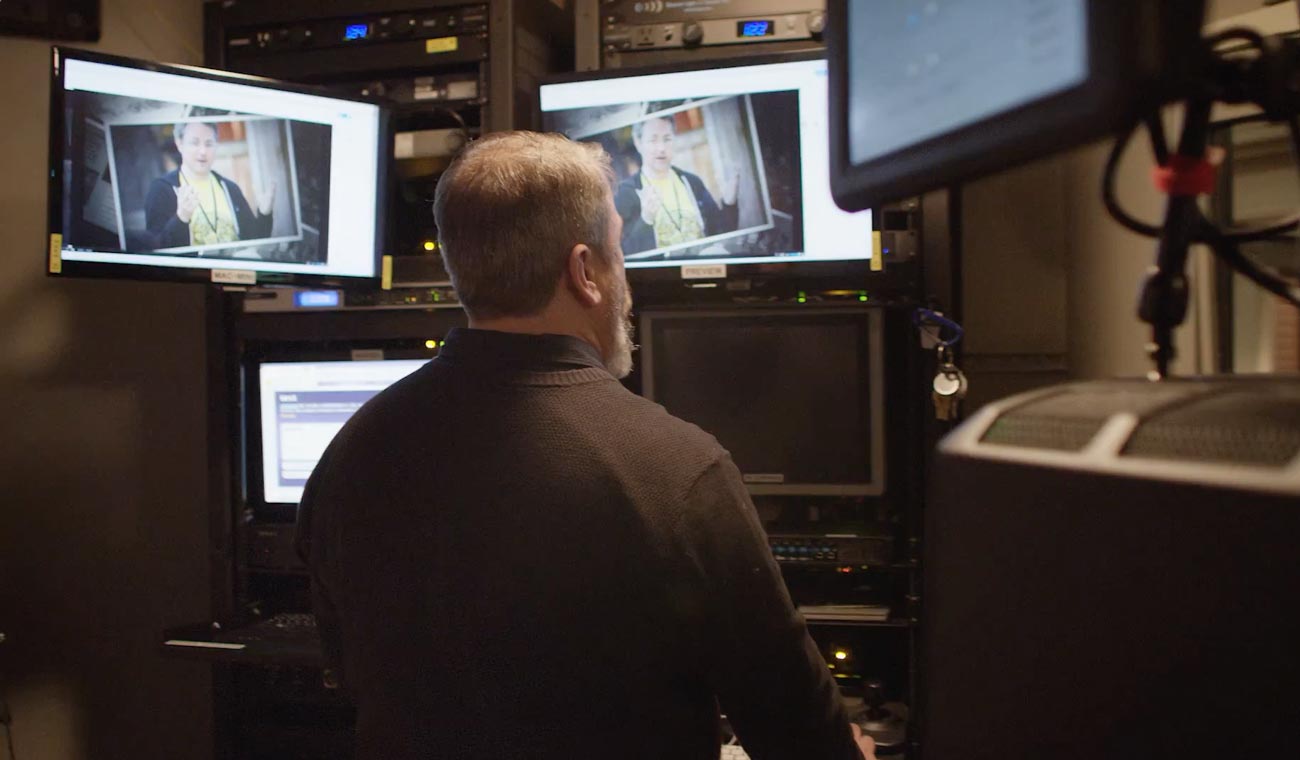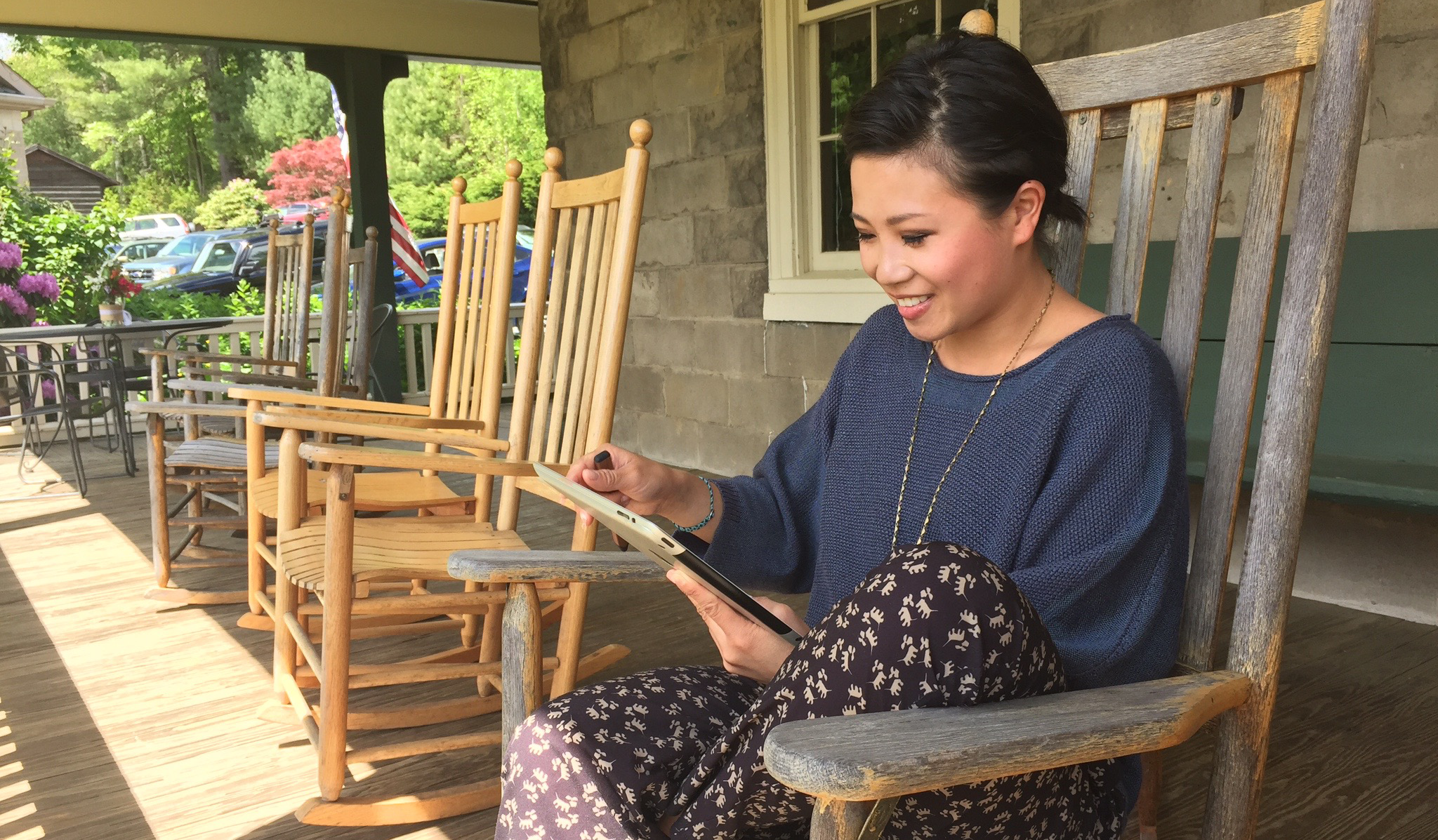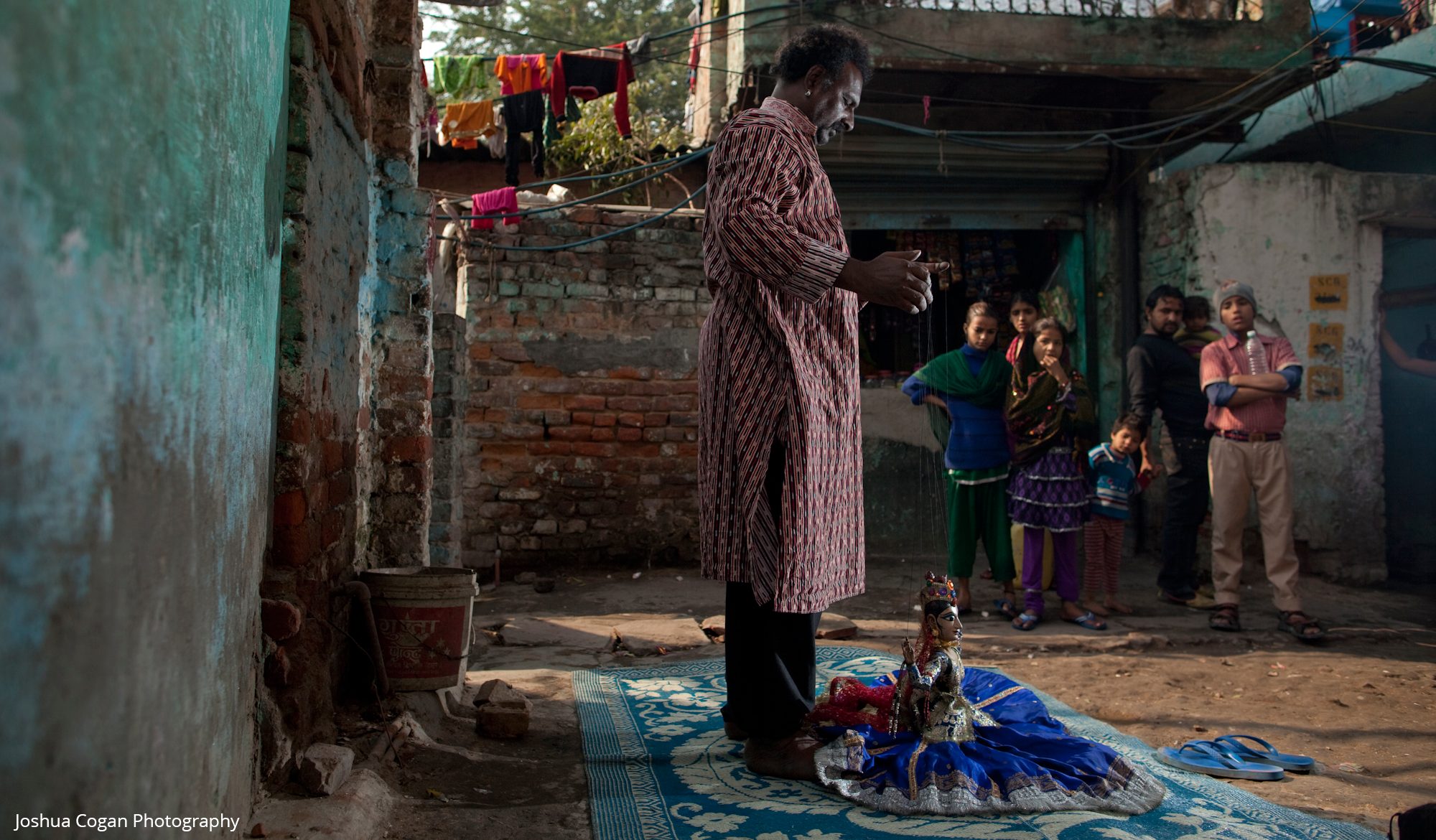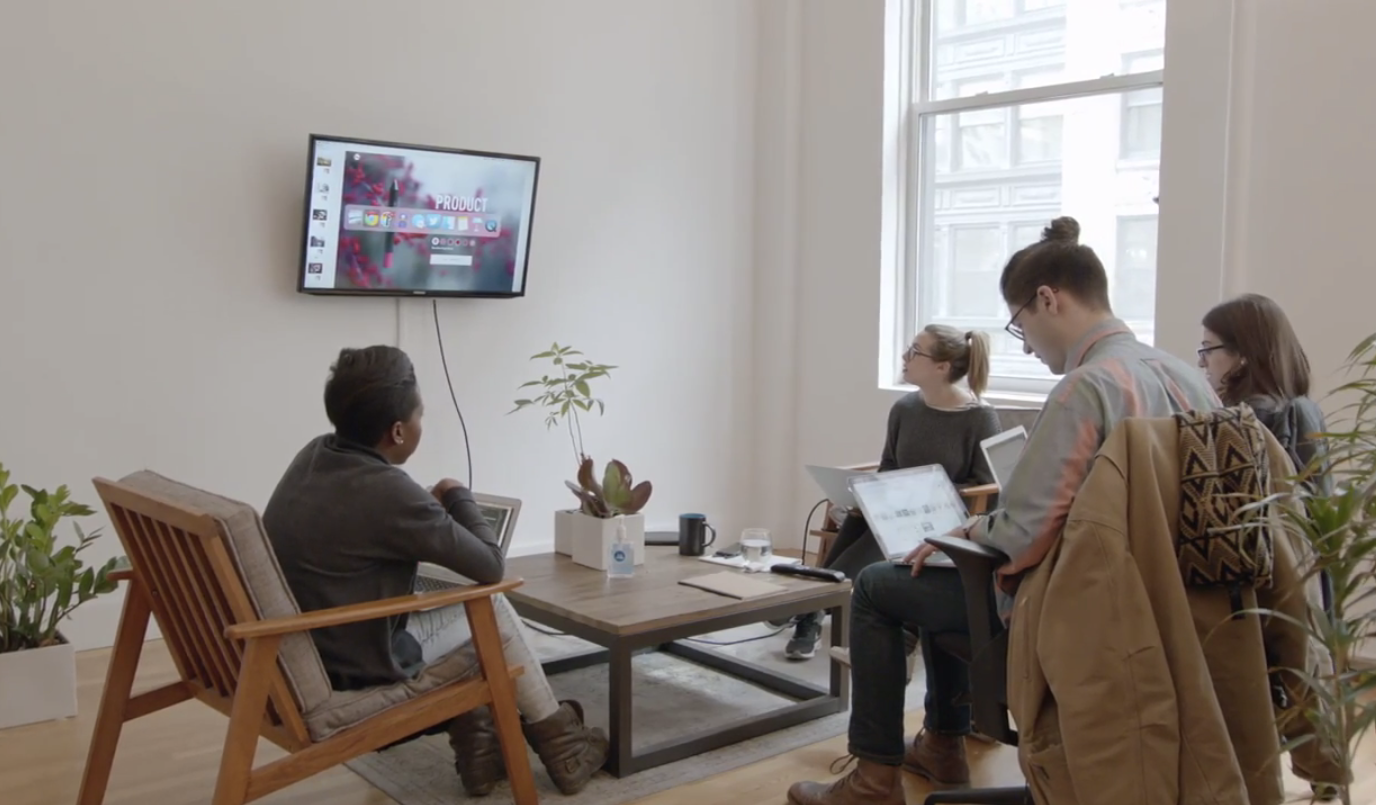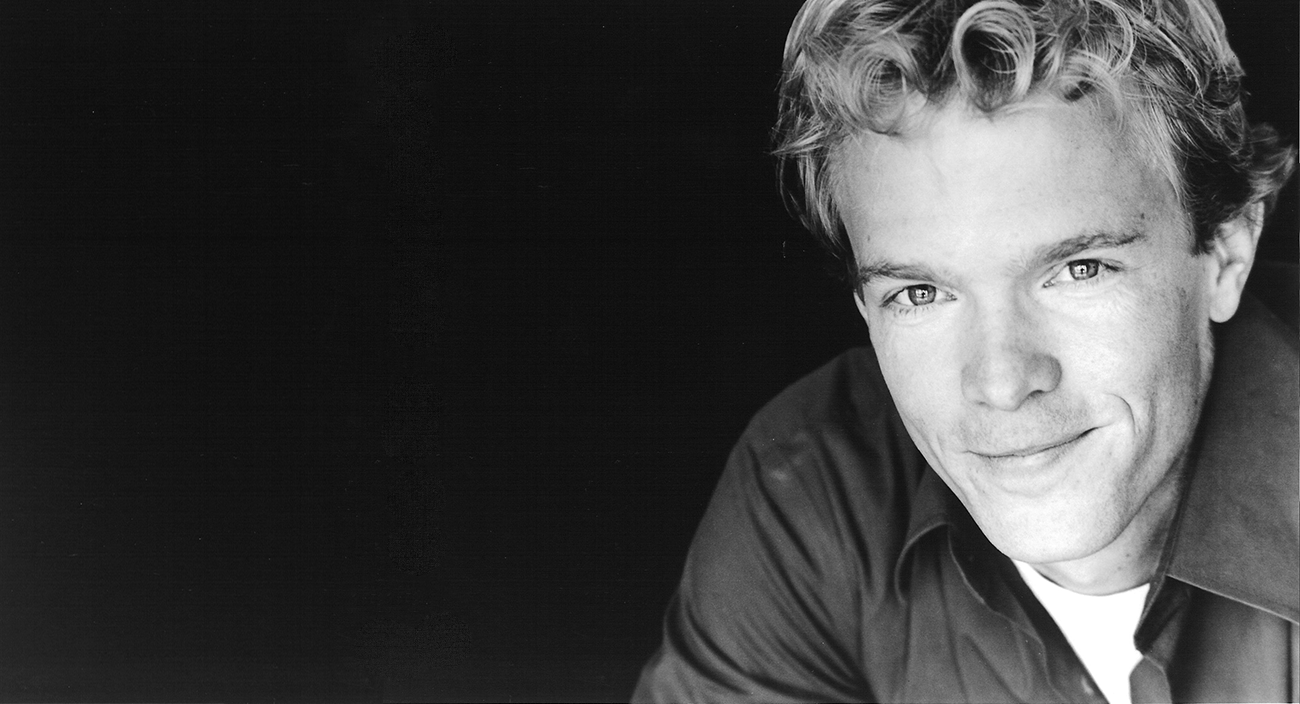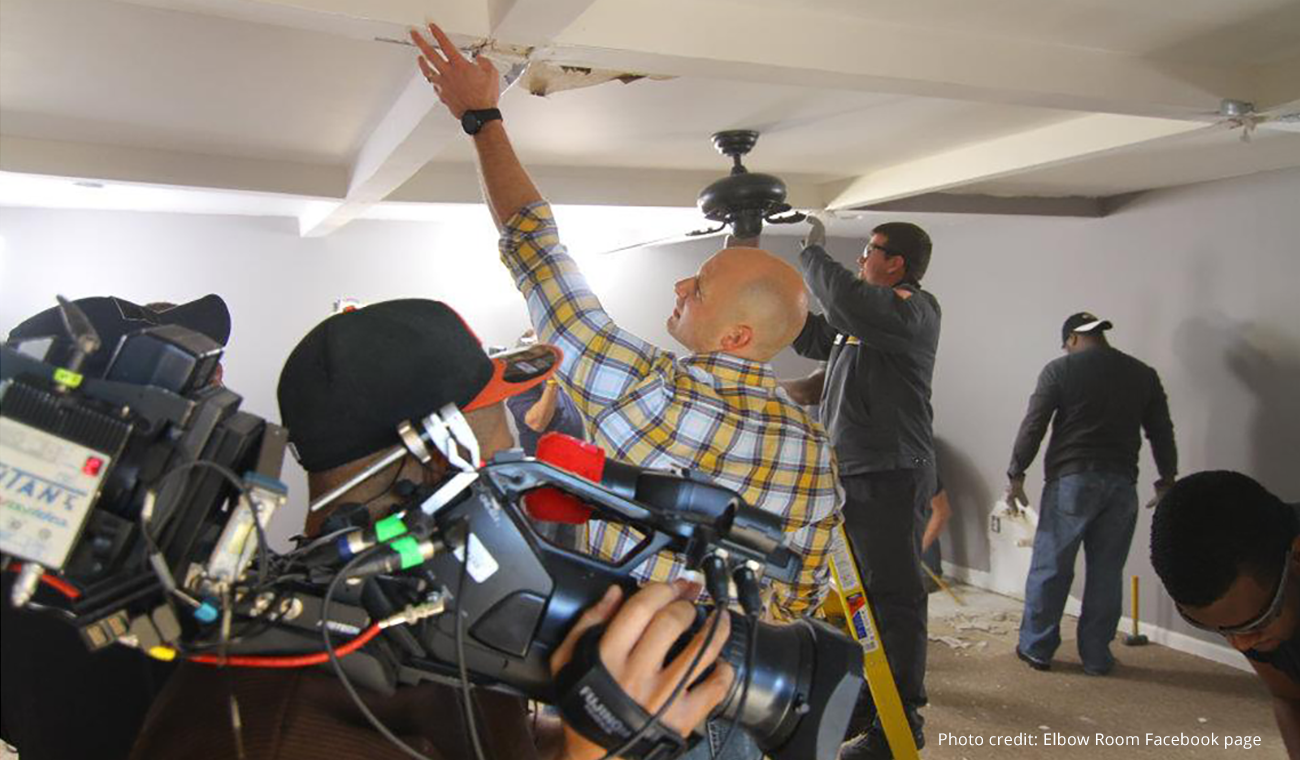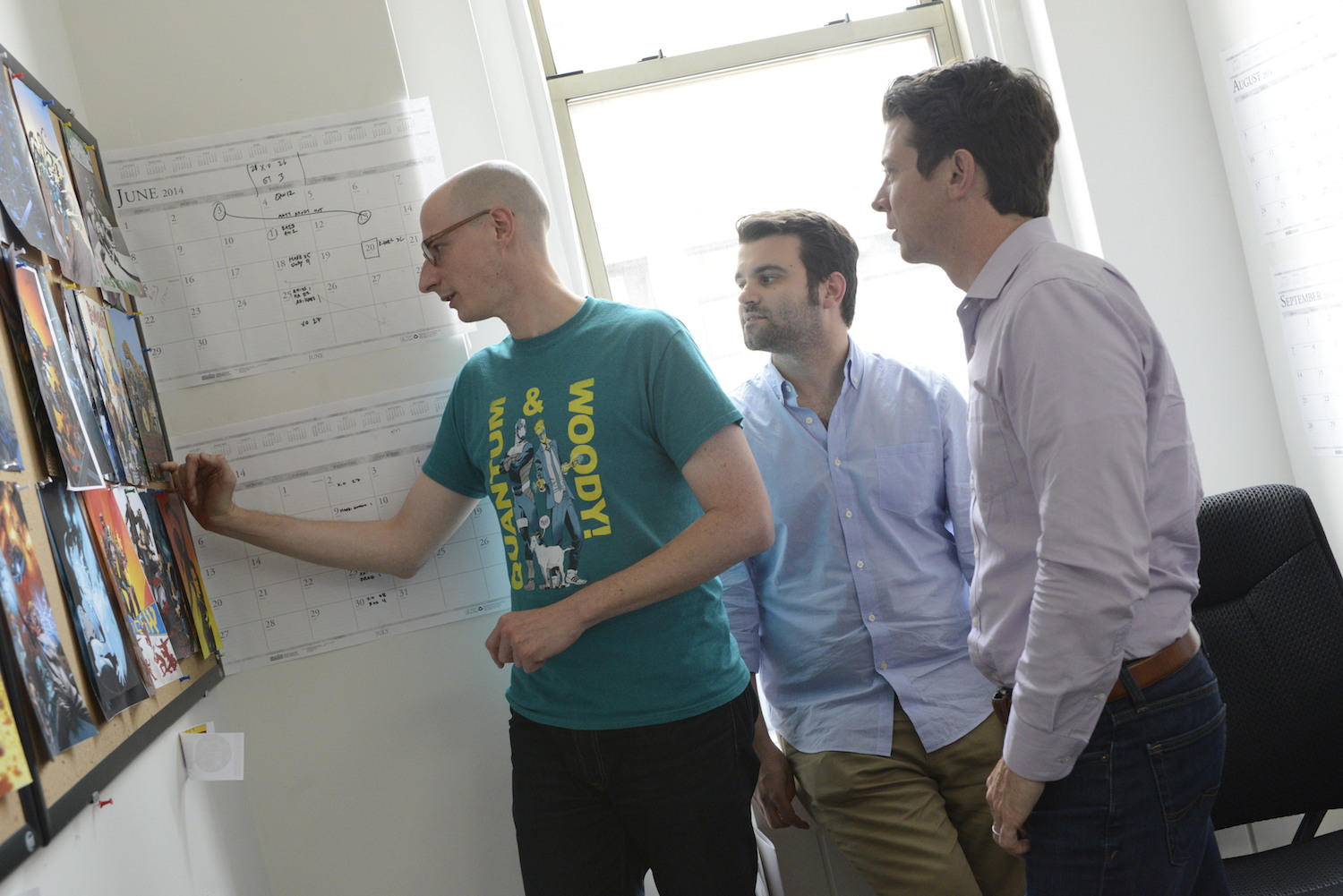
How this researcher shares and organizes Black history archives
Published on February 08, 2022
What began as curiosity about her family's past became a passion for storytelling through historical photographs.
When she first started researching her own genealogy, Kimberly Annece Henderson already had what she considered her dream job—running an art gallery. But as she kept diving deeper into her family history, an undeniable curiosity to know more about the lives of her ancestors took hold.
“The more I researched, the more I found out that completely blew my mind,” she recalls.
She discovered relatives who fought in the American Revolutionary War, relatives who were enslaved on plantations in the south, and a great, great, great, great grandmother who had disappeared from formal records until the U.S. Federal Census in 1870. Her name was Emaline and she became the inspiration for @Emalineandthem, a photo archive of Black Americans from the late 19th and early 20th centuries, curated by Henderson on Instagram.
Henderson eventually discovered so much about the lives of her ancestors that it changed the way she saw herself—taking her life a completely new direction. She felt compelled to leave her dream job at the art gallery and go back to school to pursue a new career in the field of archival studies.
“It's sort of the best of both worlds because I can do the historical digging that I love, while putting my arts administration background to good use in my curatorial practice,” she says.
Now she works for the Schomburg Center for Research in Black Culture in Harlem, where she facilitates digital projects for various research divisions.
“It's a real treat for someone as obsessed with history as I've become over the years,” she says. “It is very satisfying to take archival materials, artifacts, and other important historical ephemera and translate those items into the digital world.”
“It made me really consider the layered aspects of a single photograph that can convey an emotion, tell a story, and relate to the topic at hand.”
In her spare time, she’s also constantly unearthing portraits of everyday Black Americans from the late 1800s and early 1900s. “It’s a real passion of mine,” says Henderson. “Research is the underlying thread in all of my work.”
As a curator, she’s also brought her expertise to high-profile work such the 1619 Project: A New Origin Story, which she considers her most exciting and rewarding project to date.
“I am humbled to have been given the opportunity to curate archival portraiture that captures the breadth of the Black American experience,” she says.
The project involved pairing portraits with each of the scholarly essays to punctuate themes throughout the book.
“I can't say enough how that work made some of those abstract socio-cultural and political factors of our society more tangible by pairing them with an everyday individual,” she says.
The most difficult part of the project was trying to narrow down a selection of seemingly infinite number of image options to less than 20. Henderson says the process pushed her to make meaningful connections with each portrait in order to bring these historical themes to life and make them relatable in a compelling way.
“Trying to bottle so much emotion and representation into such a compact set of photographs was a challenge, but one that required care and thought that I appreciated throughout the process,” she says. “It made me really consider the layered aspects of a single photograph that can convey an emotion, tell a story, and relate to the topic at hand.”
Keeping a vast archival collection organized can be complicated—but digital storage makes sorting through the monumental amount of files less overwhelming.
“One incredible thing about technology is the ease of organization and access for archival materials,” says Henderson. “All of my content is sourced from digital repositories so having that access is so important. It helps distribute materials that otherwise wouldn't be seen or accessed based on limiting factors like geographic location and mobility.”
She uses Dropbox to store larger files that she doesn’t need on her desktop, but does need to access when she’s away from home. “A whole new world is opened up when a researcher can find materials online and not have to travel, incur those expenses, and devote more time in order to do so,” Henderson says.
“One incredible thing about technology is the ease of organization and access for archival materials.”
While thriving in her job as a professional archivist, she also values the community she’s building on Instagram as a place to connect with many of her virtual colleagues.
“I generally curate three images to post per week, and this has created many digital relationships,” she says. “Sharing our work with one another helps me gain perspective through shared sensibilities.”
Those relationships have also yielded several new opportunities—including a forthcoming book project. To get updates and check out more of Henderson’s work, visit emalineandthem.com and @Emalineandthem on Instagram.
